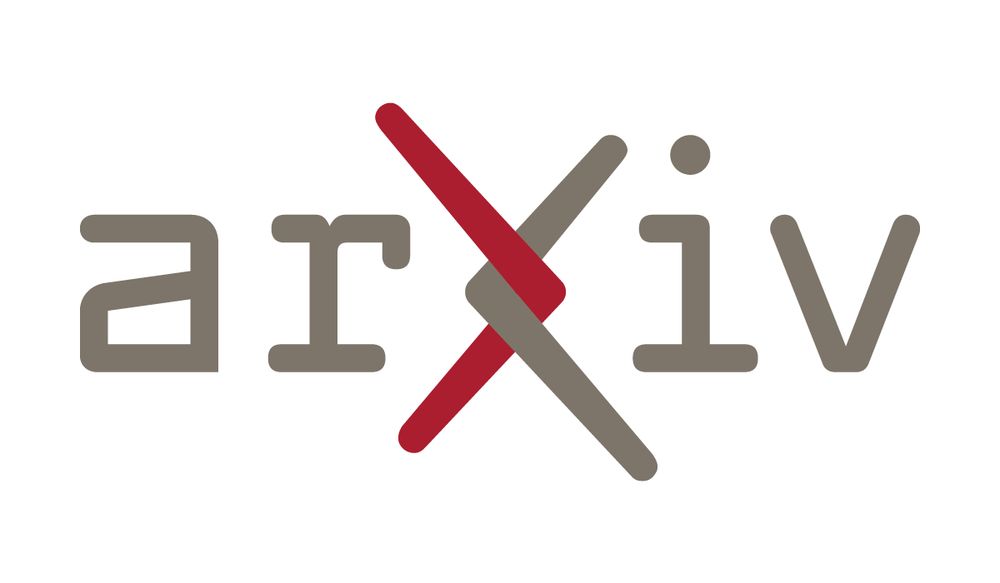Works on OB stars, stellar associations & clusters and Galactic structure & dynamics.
From 🇧🇪, previously in 🇬🇧 and 🇪🇦.
he/him
In a new paper led by @alexis-space.bsky.social, we show that >80% of stars in the local Milky Way formed in clusters.
This is *much* higher than other recent estimates (~15%), and supports more traditional 'clustered' models of star formation!

We've shown this combining the results from two recent, Gaia-based catalogues: the open clusters census from @emily.space and my census of OB stars within 1 kpc!
#astro #stellarastro #galactic

#astro #stellarastro #galactic
From 2014–2025 at L2, it tracked >1B stars so precisely: a pinhead on the Moon from Earth!
Full data by 2030; first release predicts 7,500 planets.
Also: hypervelocity stars, quad systems & ancient galaxy merger remnants. 🔭 🧪 #science
It's great.
mathstodon.xyz/@johncarlosb...

We'd especially like to find >1 frontend dev to help work on replacing @bot.astronomy.blue with a simpler web interface, but we have some backend & devops needs to fill too.
More details in the post below ⬇️

We'd especially like to find >1 frontend dev to help work on replacing @bot.astronomy.blue with a simpler web interface, but we have some backend & devops needs to fill too.
More details in the post below ⬇️
Our new research into this planet population shows that the evolution of stars causes giant planets to spiral into their host stars and be destroyed.
Check out the press release below and paper (published in MNRAS today!) for more
Ever wondered what might happen to Earth and the other planets in our solar system when the Sun becomes a red giant in 5 billion years? ☀️🔴
Our new research into this planet population shows that the evolution of stars causes giant planets to spiral into their host stars and be destroyed.
Check out the press release below and paper (published in MNRAS today!) for more




I'd argue that the Gaia Mission should have had a full time person in this role since before 2018, but at least this is something, right?
jobs.esa.int/job/Noordwij...

I'd argue that the Gaia Mission should have had a full time person in this role since before 2018, but at least this is something, right?
jobs.esa.int/job/Noordwij...
Image Credit: NASA / STScI Digitized Sky Survey / Noel Carboni
🧪 🔭

Image Credit: NASA / STScI Digitized Sky Survey / Noel Carboni
🧪 🔭
📍Versailles State Park, Versailles IN
📸 Sony A7ii (astro modded) & Sony 20mm F1.8 G
#astrophotography

📍Versailles State Park, Versailles IN
📸 Sony A7ii (astro modded) & Sony 20mm F1.8 G
#astrophotography
Image credit: my tiny telescope (~4 hours)
#science #astronomy 🔭👩🏾🔬

Image credit: my tiny telescope (~4 hours)
#science #astronomy 🔭👩🏾🔬
Besides being an exciting opportunity for scientific exchanges, it's always great to learn about the history of astronomical research in specific institutes.
#astronomy

Besides being an exciting opportunity for scientific exchanges, it's always great to learn about the history of astronomical research in specific institutes.
#astronomy

The 4-metre Multi-Object Spectroscopic Telescope (4MOST) has captured its very first spectra!
Video Credit: AIP/R. de Jong, AIP/K. Riebe, AIP/A. Saviauk, CRAL/J.-K. Krogager

The 4-metre Multi-Object Spectroscopic Telescope (4MOST) has captured its very first spectra!
Video Credit: AIP/R. de Jong, AIP/K. Riebe, AIP/A. Saviauk, CRAL/J.-K. Krogager
The cluster and nebula lie some 5,000 ly away in Monoceros.
➡️ apod.nasa.gov/apod/ap14031...
🔭 🧪 #science
1/2

The cluster and nebula lie some 5,000 ly away in Monoceros.
➡️ apod.nasa.gov/apod/ap14031...
🔭 🧪 #science
1/2
This is the Orion Nebula, one of the closest stellar nurseries. In it, three different generations of stars live together, a hint to the fact that the stars of a cluster may not form simultaneously 🔭
More: https://www.eso.org/public/images/eso1723a
📷 ESO/G. Beccari

This is the Orion Nebula, one of the closest stellar nurseries. In it, three different generations of stars live together, a hint to the fact that the stars of a cluster may not form simultaneously 🔭
More: https://www.eso.org/public/images/eso1723a
📷 ESO/G. Beccari
#JWST 🧪🔭✨

#JWST 🧪🔭✨
Retransmission sur la chaîne YouTube du LIRA : www.youtube.com/@lira-observ...
lira.obspm.fr/Soutenance-d...

Retransmission sur la chaîne YouTube du LIRA : www.youtube.com/@lira-observ...
lira.obspm.fr/Soutenance-d...
Can you guess where this is @kat-astro-bot.bsky.social ?

Can you guess where this is @kat-astro-bot.bsky.social ?
www.caltech.edu/about/news/k...

www.caltech.edu/about/news/k...
Via @momentummag.bsky.social

Via @momentummag.bsky.social

Du 3 octobre au 2 novembre 2025, l’Espace culturel Robert-Doisneau accueille l’exposition immersive « Voyage du Système solaire aux galaxies », du mardi au samedi (entrée libre).
lira.obspm.fr/Entre-exposi...




Du 3 octobre au 2 novembre 2025, l’Espace culturel Robert-Doisneau accueille l’exposition immersive « Voyage du Système solaire aux galaxies », du mardi au samedi (entrée libre).
lira.obspm.fr/Entre-exposi...
NGC 2264 is located 2600 light-years from Earth in the constellation of Monoceros, the Unicorn 🦄
It includes the sparkling blue baubles of the Christmas Tree star cluster and the Cone Nebula 🔭
Read more: https://www.eso.org/public/images/eso0848a/
📷 ESO

NGC 2264 is located 2600 light-years from Earth in the constellation of Monoceros, the Unicorn 🦄
It includes the sparkling blue baubles of the Christmas Tree star cluster and the Cone Nebula 🔭
Read more: https://www.eso.org/public/images/eso0848a/
📷 ESO



